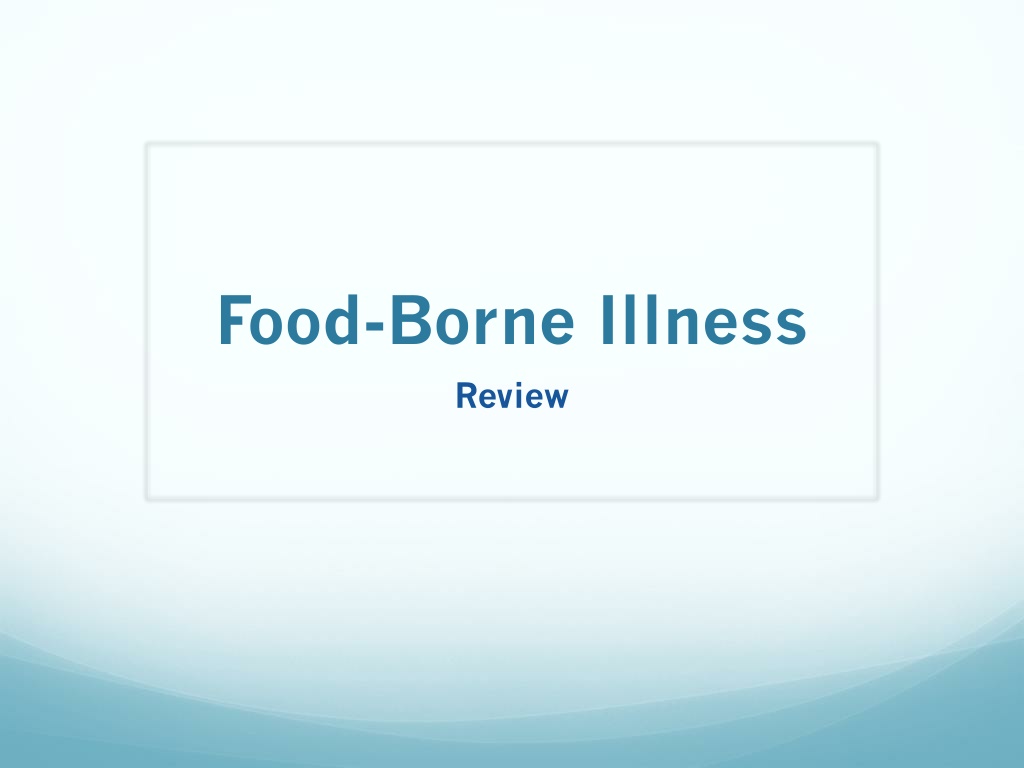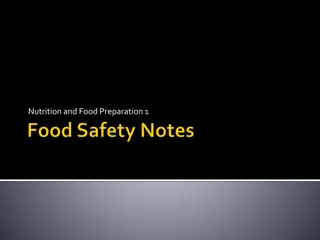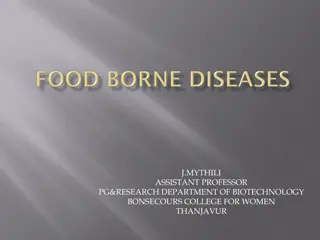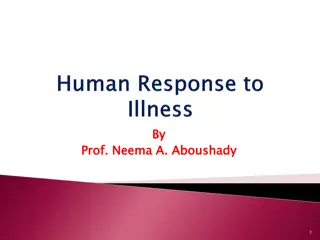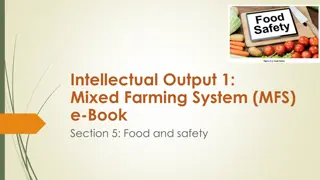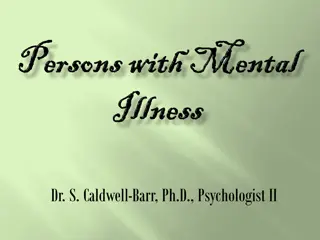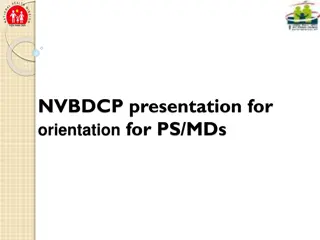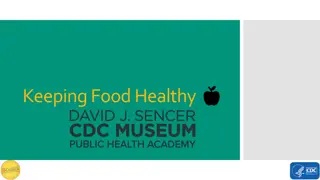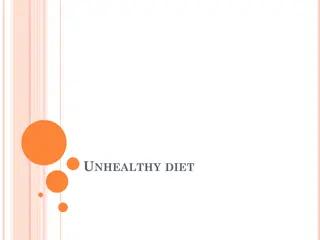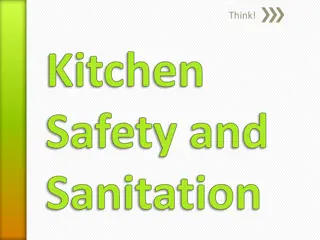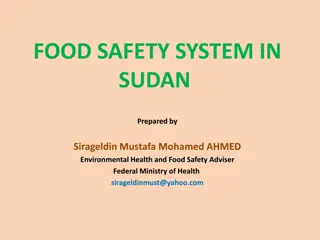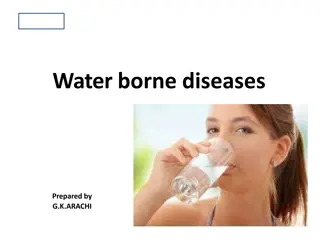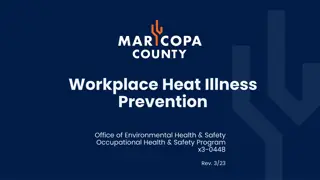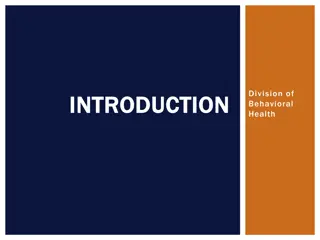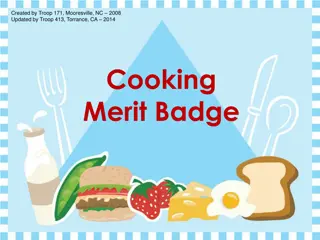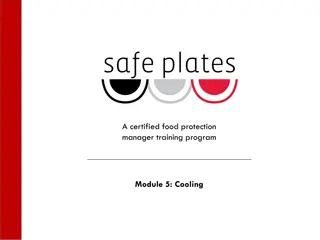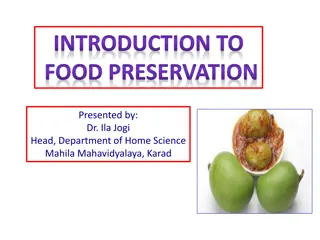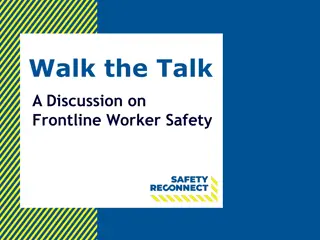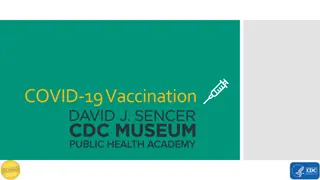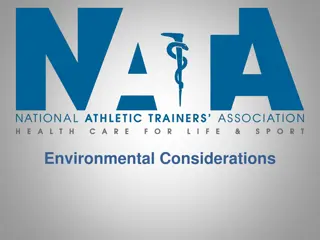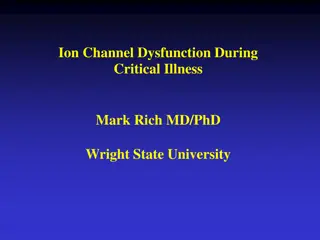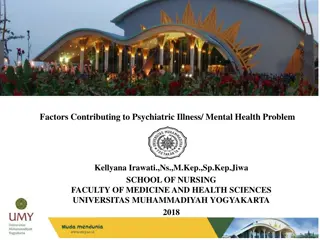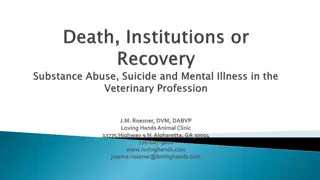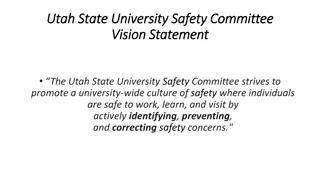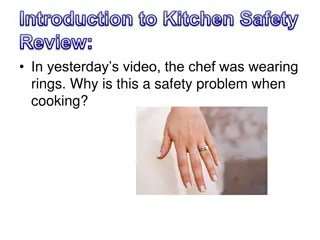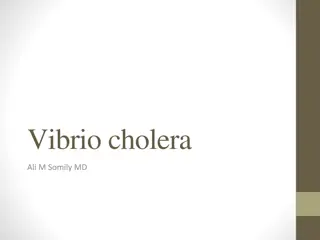Food Safety Review: Preventing Food-Borne Illness
Explore key aspects of food safety including the definition and symptoms of food-borne illnesses, categories of causes, common pathogens like Salmonella and E. coli, personal hygiene practices, proper food storage techniques, and thawing methods. Gain insights into preventing food-borne illnesses through proper hygiene, handling, and storage of food to ensure safe consumption.
Download Presentation

Please find below an Image/Link to download the presentation.
The content on the website is provided AS IS for your information and personal use only. It may not be sold, licensed, or shared on other websites without obtaining consent from the author. Download presentation by click this link. If you encounter any issues during the download, it is possible that the publisher has removed the file from their server.
E N D
Presentation Transcript
Food-Borne Illness Review
Review What You Learned in Foods 1 Define the term Food-Borne Illness? What are the General Symptoms experienced with a food-borne illness?
Food-Borne Illness Review There are three categories for causes of food-borne illness. Provide examples of items found in these three categories. Physical: Chemical: Biological:
Food Borne Illnesses What is Salmonella associated with? What is E-coli associated with? What is Botulism associated with? What is Hepatitis A associated with? What is Campylobacter associated with? What is Staphylococcus associated with?
Food Borne Illness Bacteria need FATTOM before they can grow, what is FATTOM? F A T T O M
Preventing Food Borne Illness Personal Hygiene is important to preventing food-borne illness. Answer the following: How long should you wash your hands for? What should be done during that time? What should you do about your hair?
Personal Hygiene and Food Borne Illness Personal Hygiene is important to preventing food-borne illness. Answer the following: What else should you wear? Why? What should I use if I am working on ready- to-eat foods? What should I do if I have a cut on my hand?
Storing Foods and Food Borne Illness What does the term FIFO mean & explain how to use it? How should I label food that I am storing? What should I do with a can that is bulging? What are TCS Foods? What temperature should they be at? How can I cool foods? What are my Time & Temperature requirements when cooling foods?
Thawing Food and Food Borne Illness There are four different acceptable ways to properly thaw food, List them below. Name the recommended first way? Name three more & give particulars that must be done when using these methods?
Food Temperatures What is the Temperature Danger Zone? What temp do I cook: Seafood, whole cuts of pork, beef, veal & lamb to? How long should that temp be held for? What temp do I cook: Ground meats, except poultry to? What temp do I cook: All poultry to? What temp do I cook: Reheated foods to?
Cross Contamination and Food Borne Illness What does the term Cross-Contamination mean? Name three items that can cause cross- contamination? What is the difference between clean & sanitation? What are the 4 C s to preventing food-borne illness?
